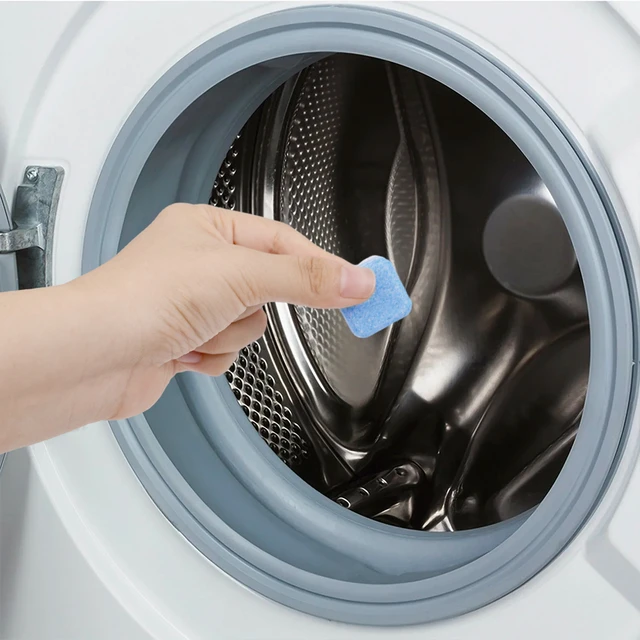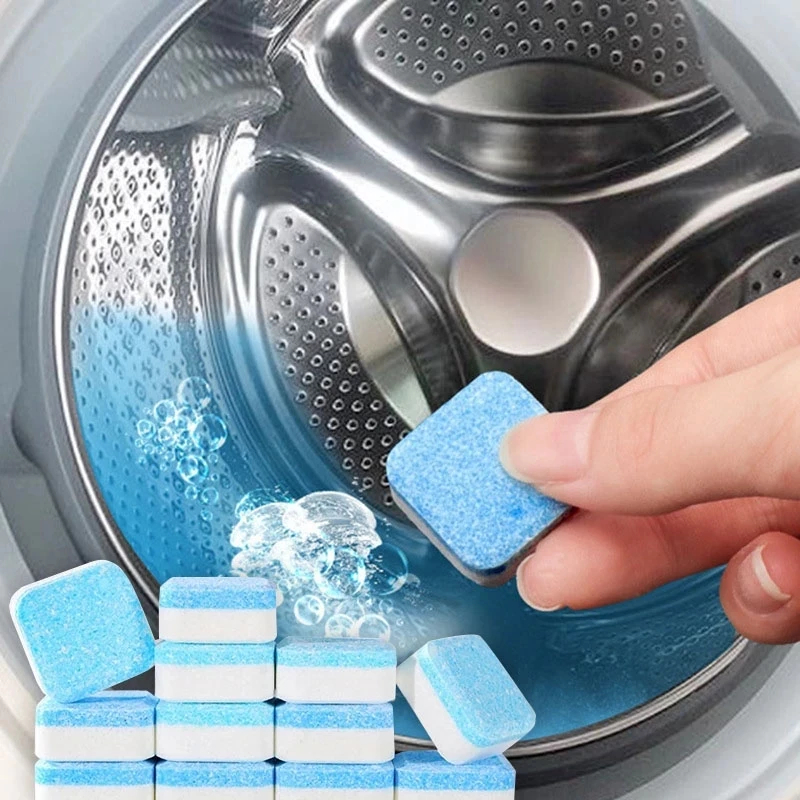A washing machine is an essential appliance in most households, helping us keep our clothes clean, fresh, and free of dirt and odors. However, many users encounter an unpleasant surprise: black stuff in the washing machine. This unsightly residue can be concerning, but understanding its causes, how to clean it, and how to prevent it can empower you as a consumer and improve your laundry experience.
What is the Black Stuff in Your Washing Machine?
The black stuff often found in washing machines typically consists of mold, mildew, and bacterial buildup. The presence of these organisms can be attributed to a variety of factors, including moisture retention, detergent residue, and inadequate ventilation. As we delve deeper into this issue, it’s important to recognize what these dark stains represent.
Composition of the Black Residue
The black residue usually contains:
- Mold spores: Fungi that thrive in damp, dark areas.
- Mildew: A specific type of mold that tends to grow on fabrics and surfaces.
- Soap scum: A mixture of soap and minerals that can form in hard water.
- Lint and dirt: Accumulated debris that mixes with the wet conditions inside the washing machine.
Identifying the various components can help in formulating the best cleaning strategy.
Causes of Black Stuff in Your Washing Machine
Understanding the underlying causes of the black stuff in your washing machine can help you take preventive measures. Below are some of the most common reasons for its appearance.
1. High Humidity and Poor Ventilation
Washing machines are usually located in areas susceptible to high humidity, such as laundry rooms or basements. Poor ventilation leads to moisture buildup, creating an ideal environment for mold and mildew to flourish.
2. Neglecting to Clean the Machine Regularly
Washing machines can accumulate lint, detergent residue, and other debris over time. If not cleaned regularly, this buildup can turn into the black stuff that contaminates your laundry.
3. Using the Wrong Detergents
Certain detergents leave more residue than others, especially those designed for cold washes. They may not dissolve completely, leading to soap scum accumulation inside the drum.
4. Leaving the Door Closed
Many washing machines are designed to keep the drum sealed when not in use. Leaving the door closed traps moisture and encourages the growth of mold and mildew. It’s crucial to leave the door ajar after cycling to enhance air circulation.
5. Washing in Cold Water
While washing in cold water helps save energy, it may not effectively dissolve detergents, leading to residue buildup. This residue can also provide a food source for mold and mildew.
6. Hard Water Issues
Hard water contains minerals such as calcium and magnesium that can react with soaps and detergents, leading to a scavenging product often referred to as soap scum. The remnants can accumulate and combine with other particles to form the black residue.
Signs You Might Have a Mold Problem
Recognition is key to solving the issue of black stuff in the washing machine. Here are some signs of an underlying mold problem:
Unpleasant Odors
If your laundry starts to smell musty or like mildew after washing, this could be an indication of mold growth.
Visible Mold or Mildew
When opening your washing machine, you may notice dark spots or patches around the rubber gaskets, door seals, or on the drum itself.
Stains on Clothes
If your clothes are coming out of the wash with black or gray streaks, it’s likely that the buildup inside your washer is transferring onto your garments.
Methods for Cleaning Black Stuff from Your Washing Machine
Cleaning your washing machine is essential in maintaining its performance and ensuring that your laundry comes out fresh. Follow these detailed steps to effectively remove black stuff from your machine.
Gather Necessary Materials
Before you start, gather the following items:
- White vinegar
- Baking soda
- A sponge or cloth
- An old toothbrush
- A bucket
Clean the Drum
- Run a Hot Cycle: Begin by running an empty hot cycle on your washing machine.
- Add White Vinegar: During the cycle, add about 2 cups of white vinegar to the detergent compartment. The vinegar acts as a natural disinfectant and helps break down mold and mildew.
- Follow with Baking Soda: After the hot cycle completes, add ½ cup of baking soda directly into the drum and run another hot cycle. The baking soda will help neutralize odors and further deodorize the drum.
To clean the Gaskets and Seals
- Inspect the Gaskets: Open the door and inspect the rubber gaskets and seals for any mold or residue.
- Scrub with Vinegar: Use a cloth soaked in vinegar to scrub these areas. For stubborn spots, an old toothbrush can be helpful.
- Rinse: Wipe down with a clean, damp cloth afterward.
Clean the Dispenser Drawer
- Remove the Drawer: Take out the detergent dispenser drawer based on your washing machine’s instructions.
- Scrub with Hot Water: Soak the drawer in hot, soapy water and scrub thoroughly, paying special attention to any crevices.
- Rinse and Dry: Rinse well and let it dry completely before placing it back.
Run a Final Rinse Cycle
After cleaning both the drum and the seals, run another empty rinse cycle to effectively wash away any remaining vinegar or baking soda.
Maintain Regular Cleaning
To prevent the recurrence of black stuff in the washing machine, establish a regular maintenance schedule:
- Clean the machine every month.
- Leave the door ajar after washing to allow moisture to escape.
- Avoid using too much detergent.
- Consider using a washing machine cleaner every few months.
Preventive Measures Against Black Stuff
In addition to efficient cleaning, adopting preventive measures can significantly reduce the chances of encountering black stuff in your washing machine.
1. Choose High-Efficiency Detergents
Opt for HE (high-efficiency) detergents designed for modern machines. These detergents produce less suds, reducing the risk of residue buildup.
2. Use the Right Amount of Detergent
Follow the manufacturer’s recommendations for detergent usage. Overloading the machine can result in excess soap residue.
3. Maintain Adequate Air Circulation
If possible, keep the washing machine in a well-ventilated area or consider using a dehumidifier in more humid environments.
4. Store Properly
If you don’t run the washer frequently, consider periodically running an empty cycle with vinegar to keep bacteria at bay.
5. Monitor Water Hardness
If you live in an area with hard water, consider using a water softener. This will help reduce mineral buildup inside your machine and subsequently decrease the chances of black mold growth.
 When to Call a Professional
When to Call a Professional
If your efforts to eliminate black stuff in the washing machine prove fruitless, it may be time to consult a professional.
Signs You Need Professional Help
- Persistent odors that cleaning cannot eliminate.
- Ongoing mold growth after repeated cleaning efforts.
- Malfunctions or issues with the washing machine itself.
A professional service can provide an in-depth cleaning and inspection, ensuring that your washing machine operates fully and efficiently.
Conclusion
Experiencing black stuff in your washing machine can be alarming, but understanding its causes and taking action can help you maintain a clean and efficient laundry routine. By implementing the cleaning methods and preventive measures outlined in this article, you can not only eradicate the black residue but also minimize its recurrence in the future. A well-maintained washing machine not only keeps your clothes clean but contributes to the overall health of your home, allowing you to enjoy fresh laundry without the concern of unwelcome surprises. Keep your laundry experience positive by taking charge of your washing machine’s hygiene!


